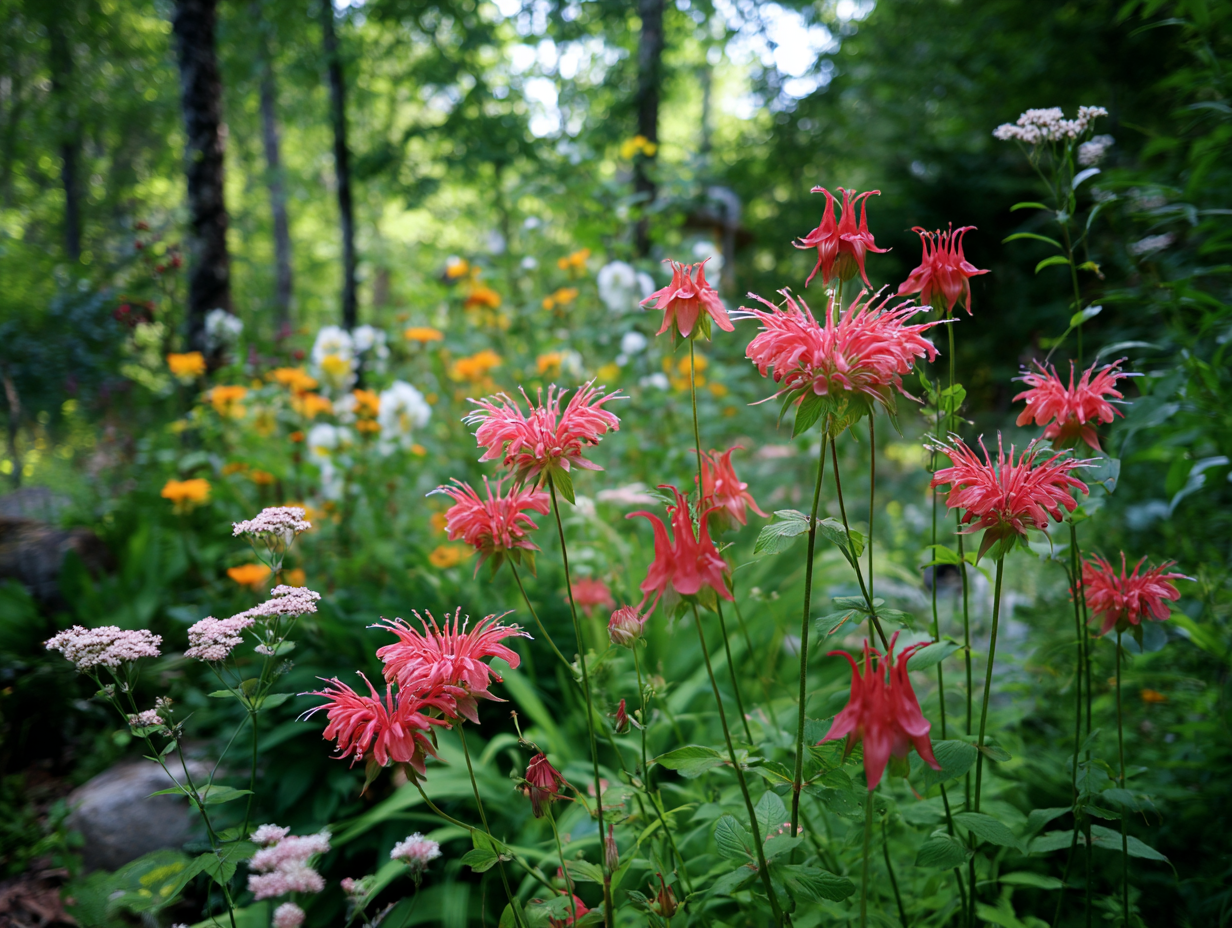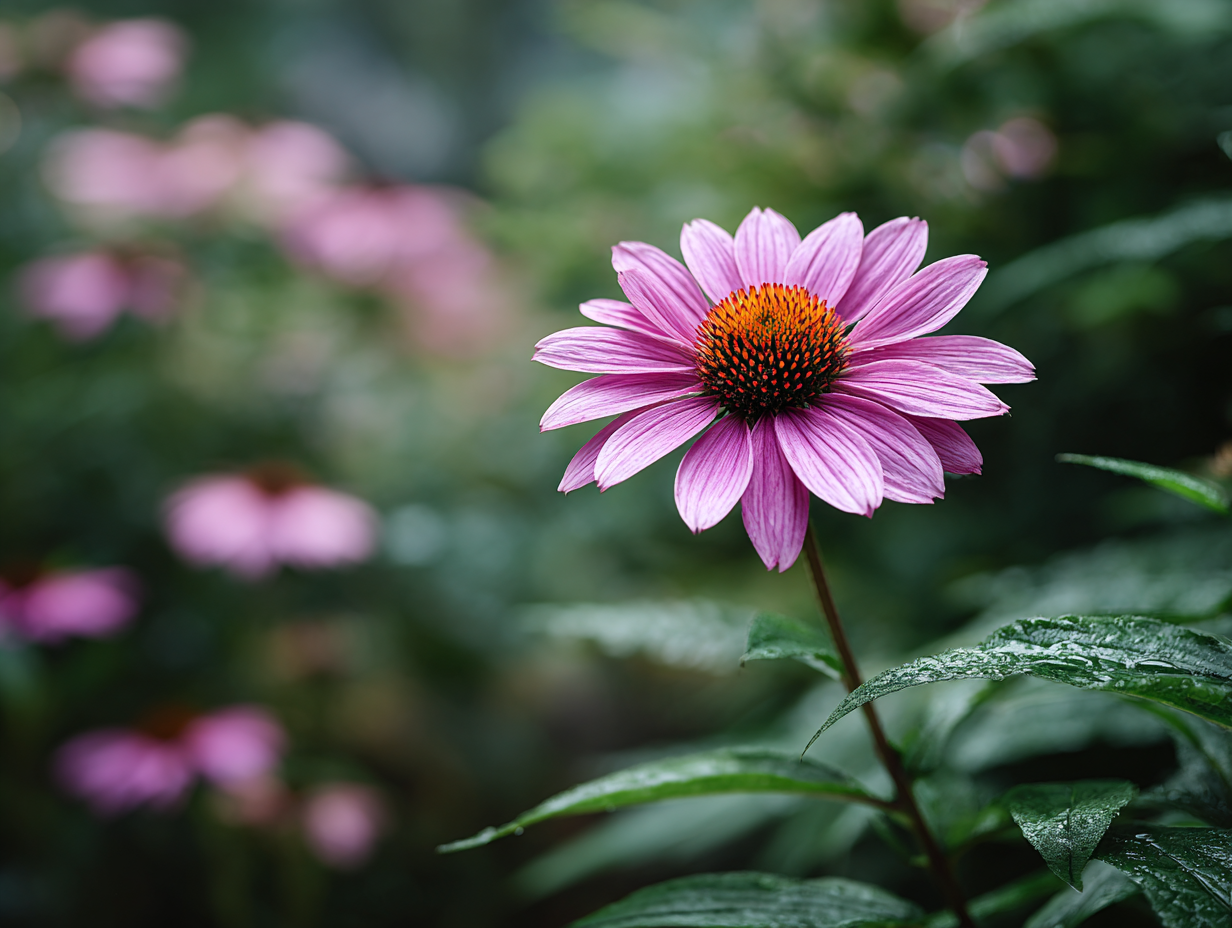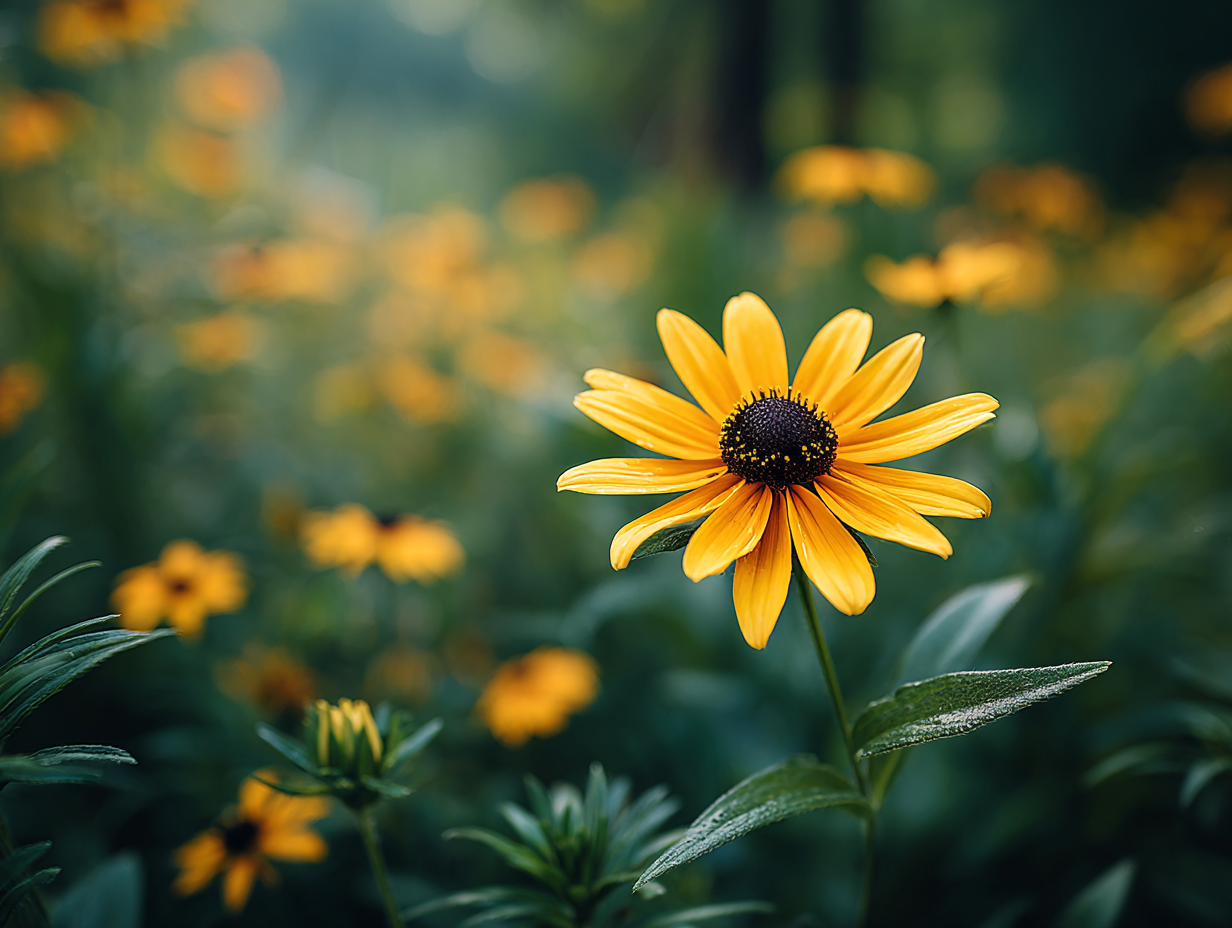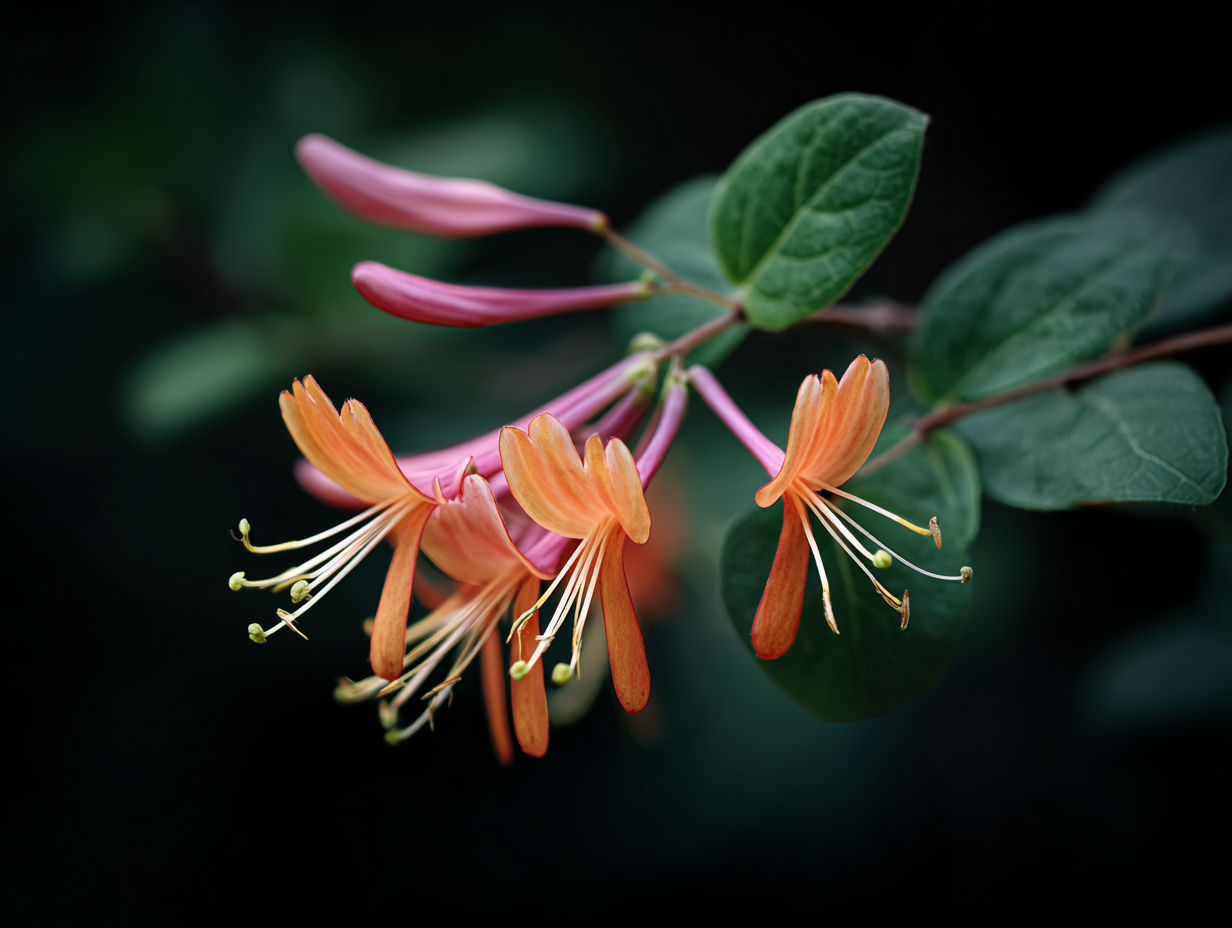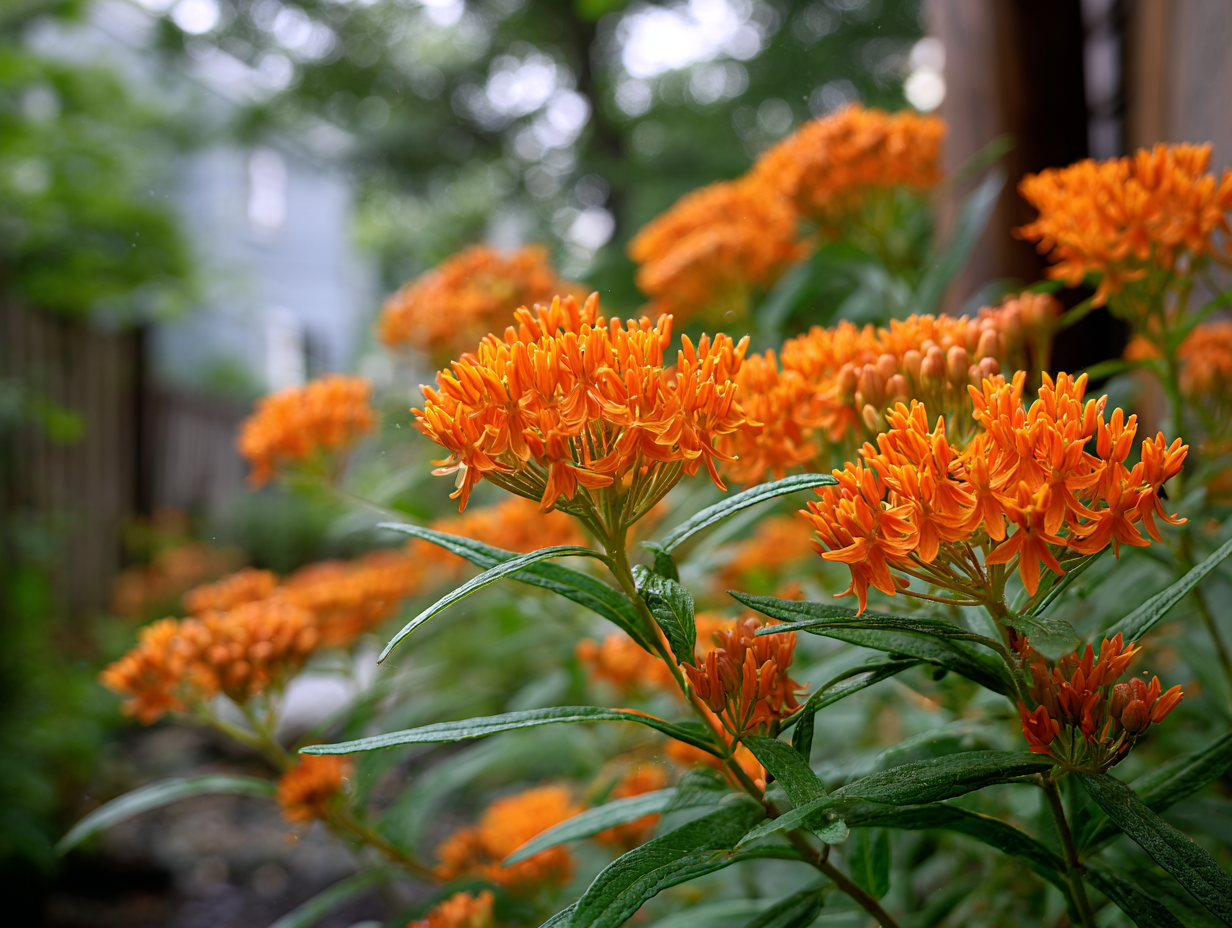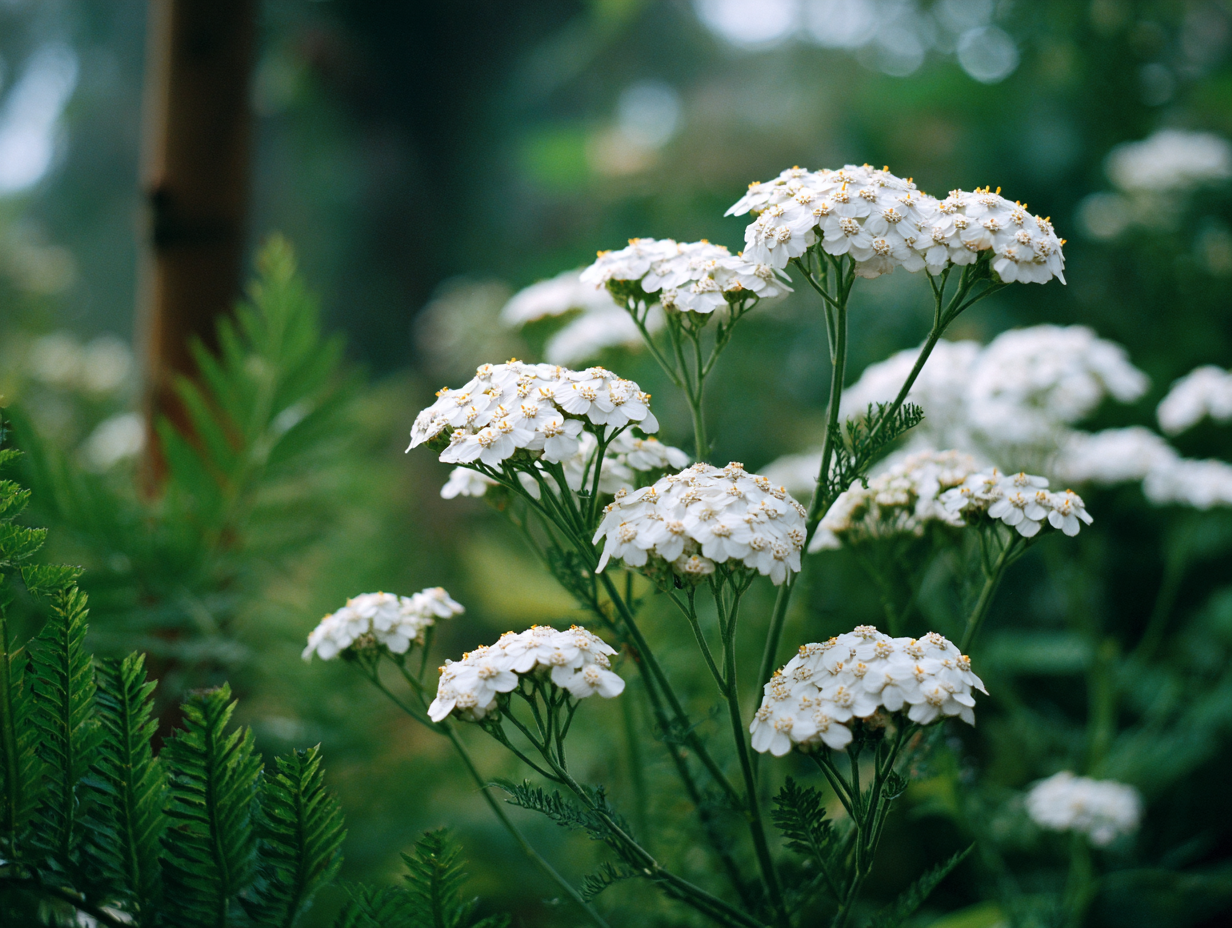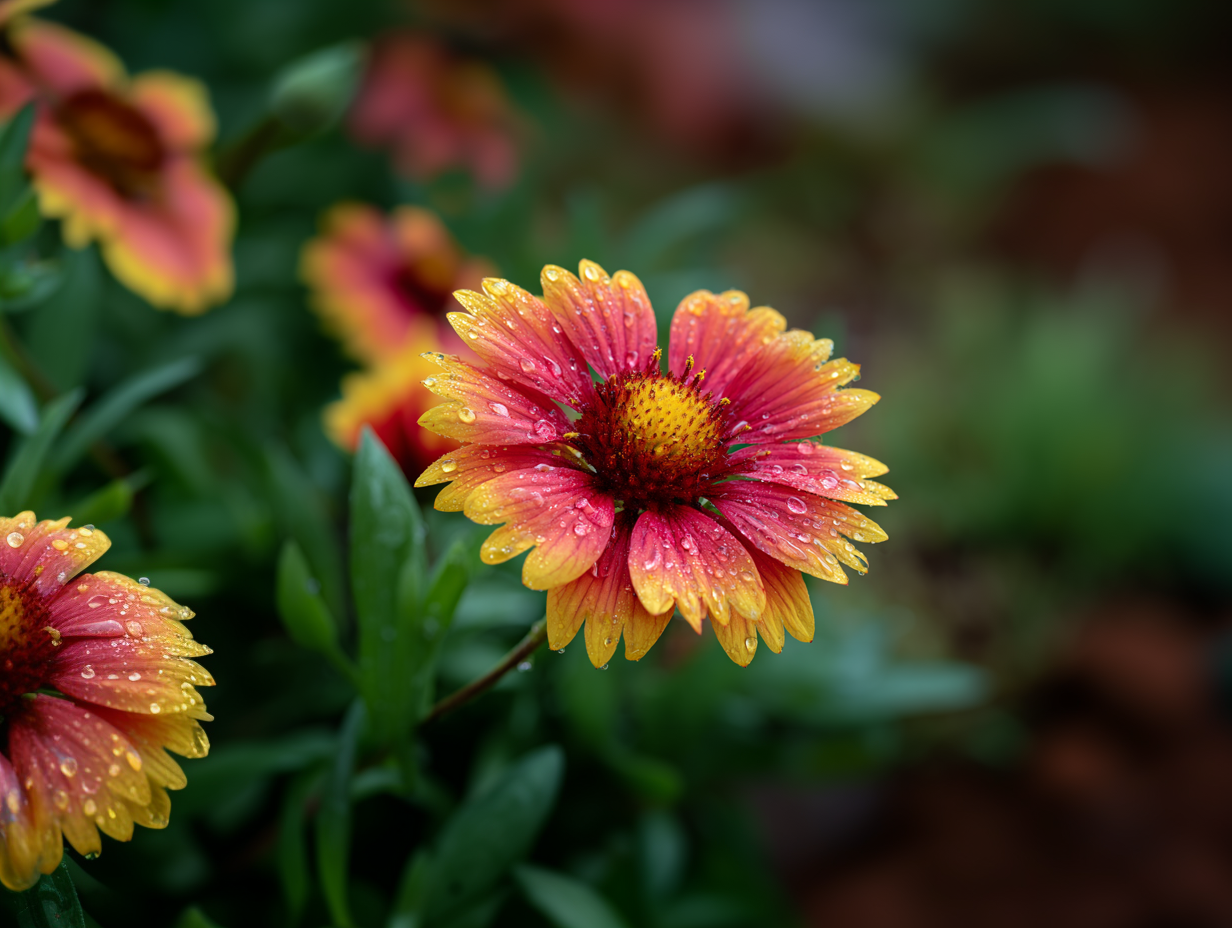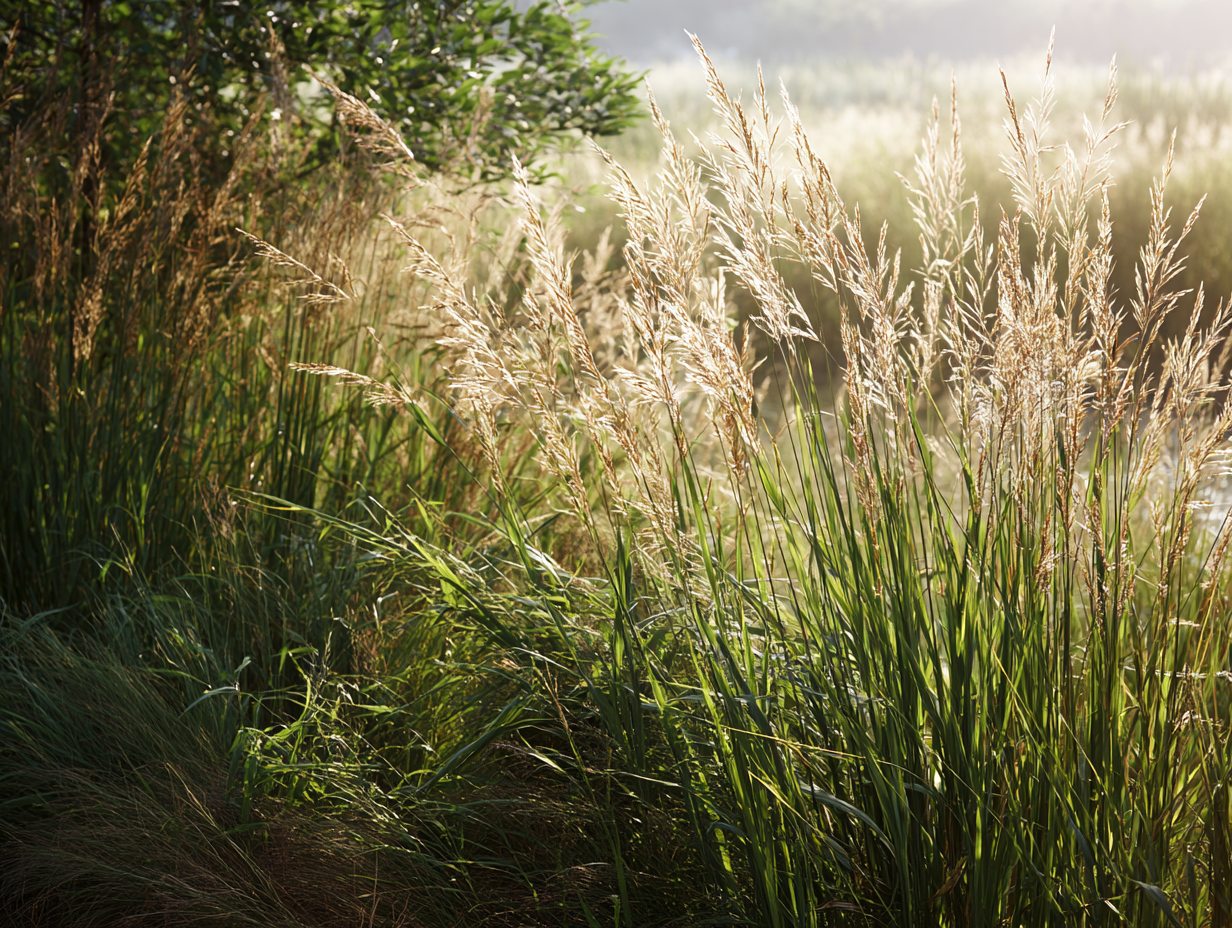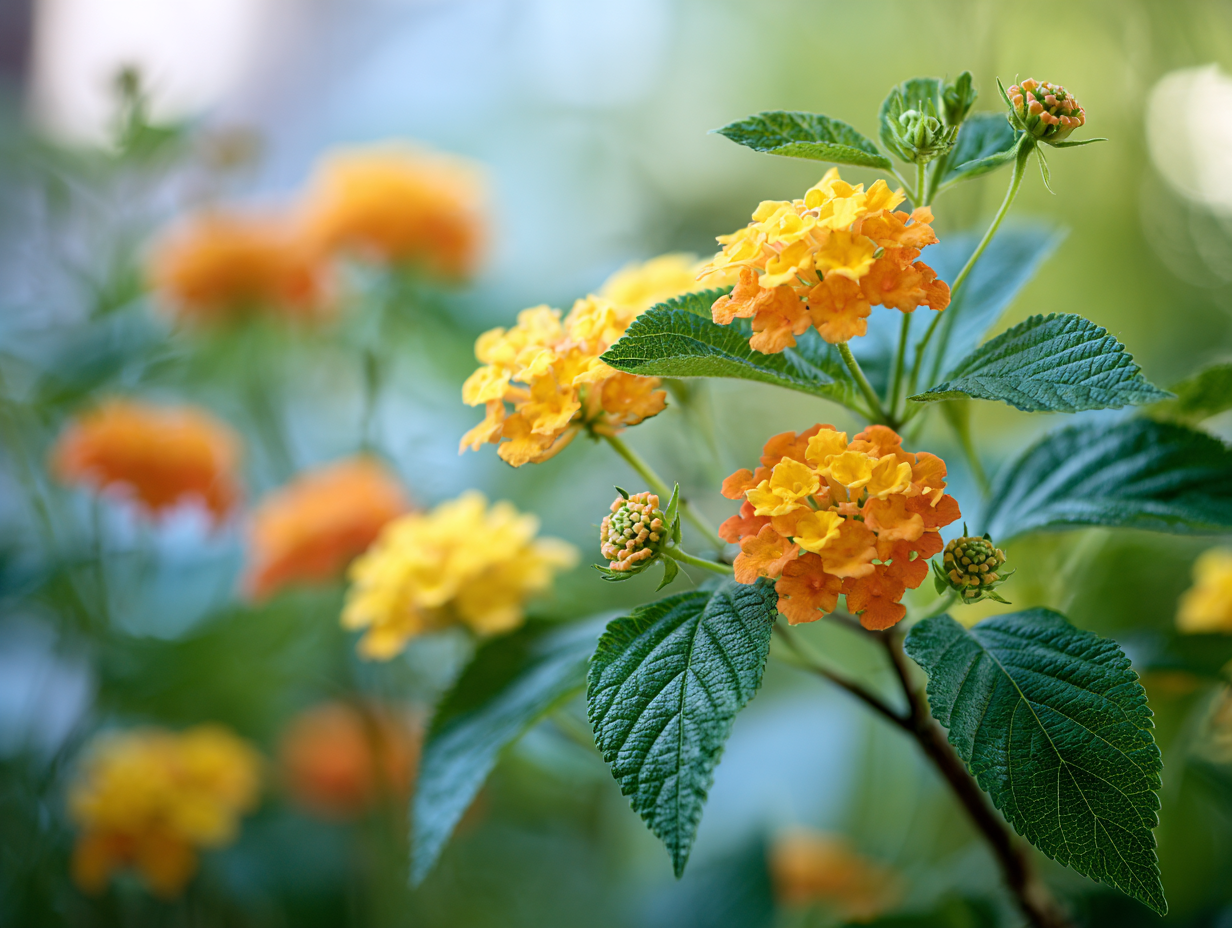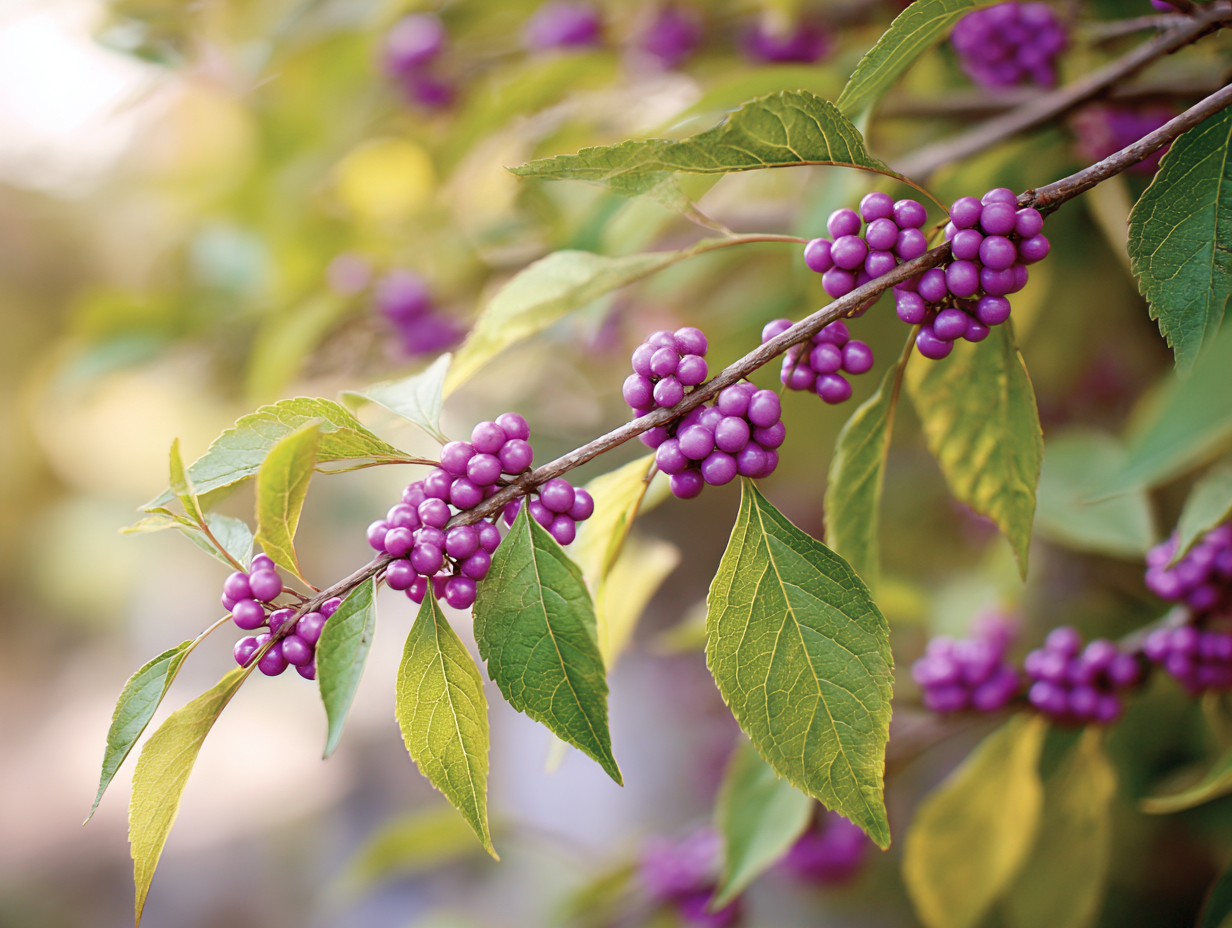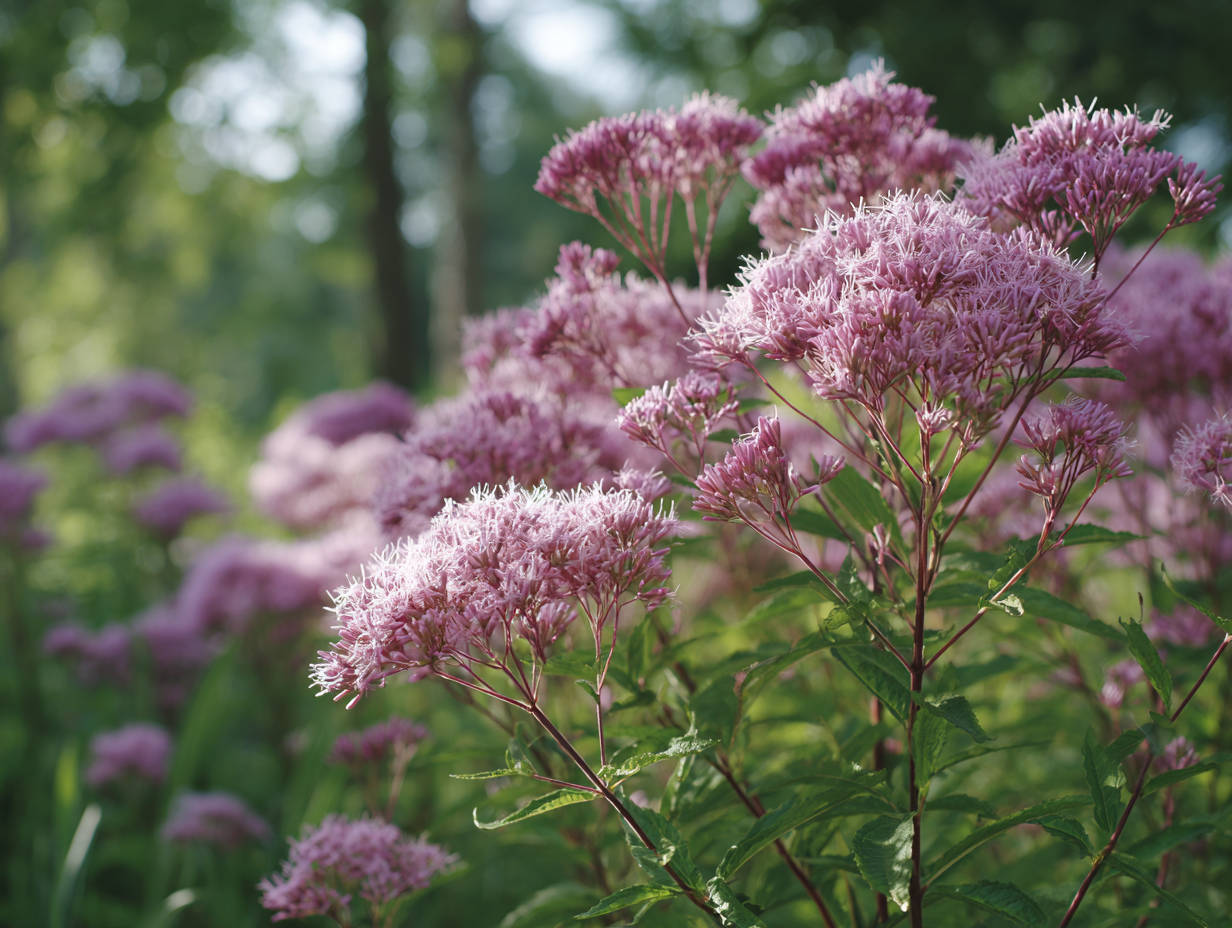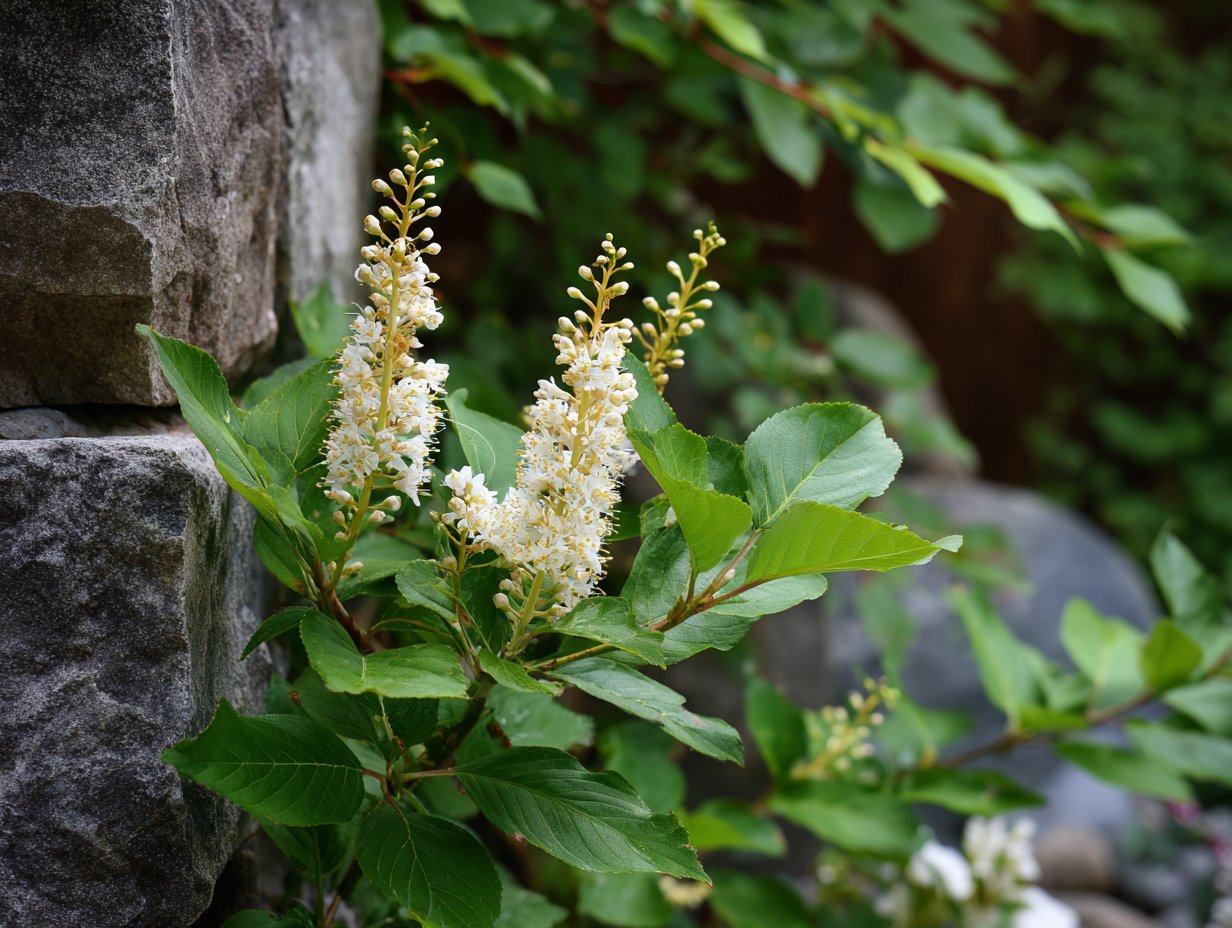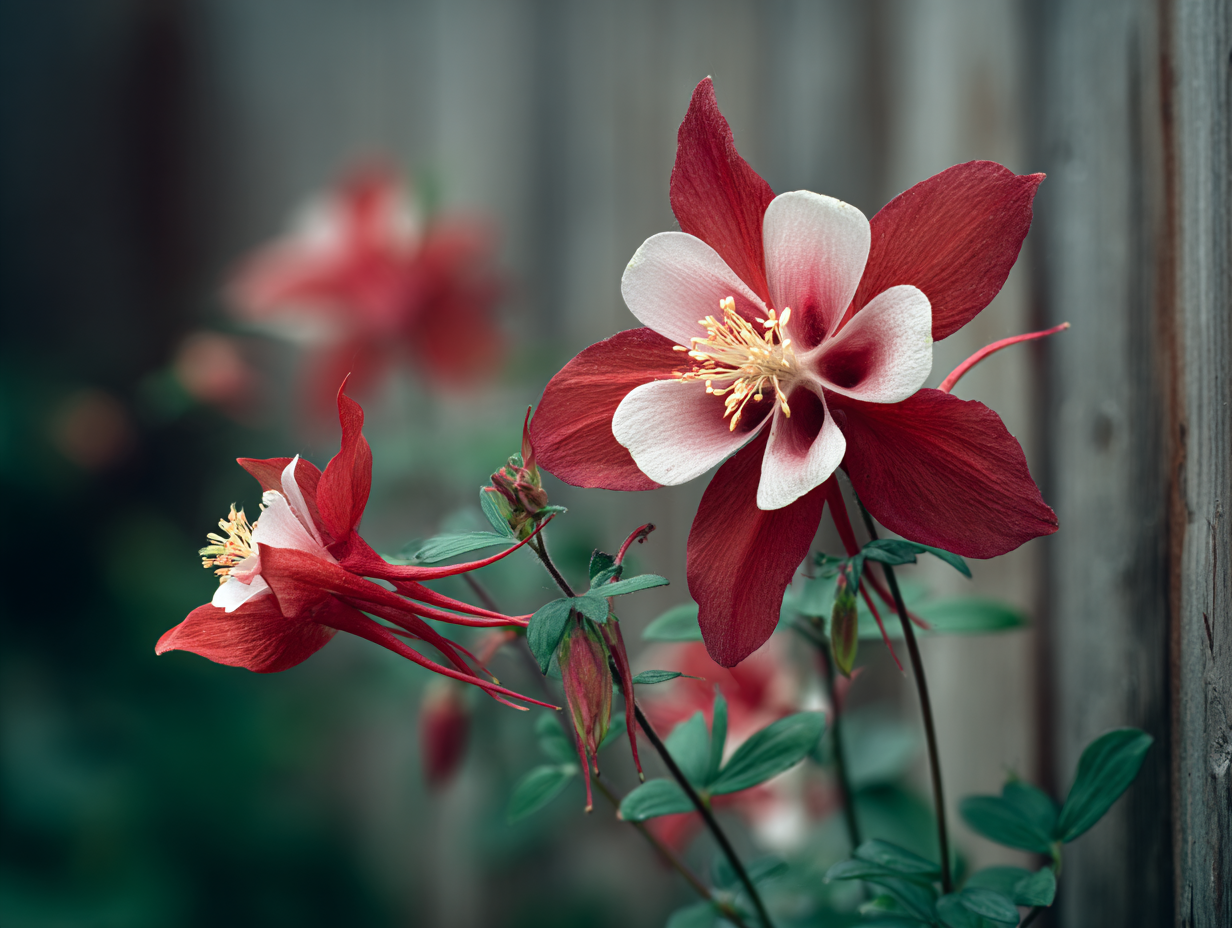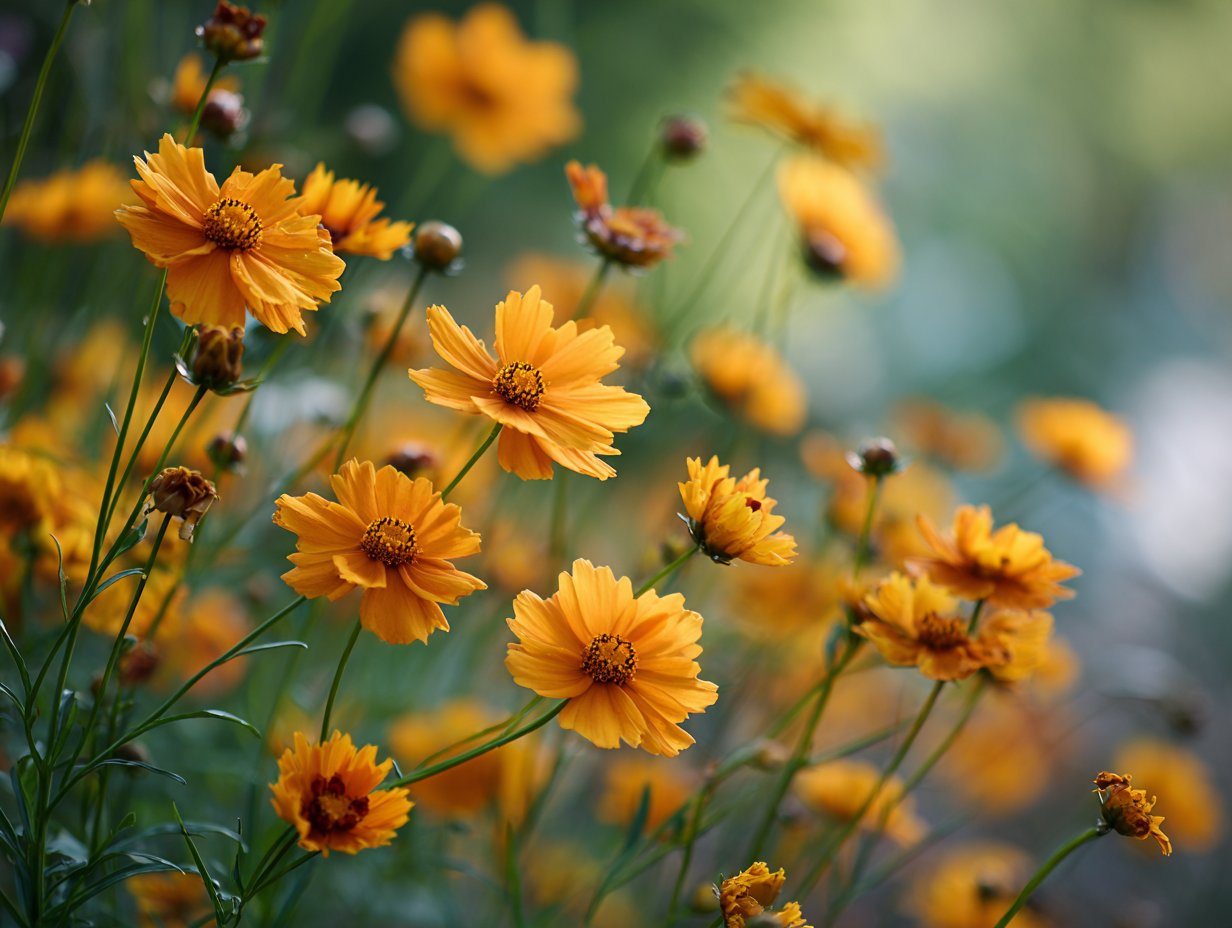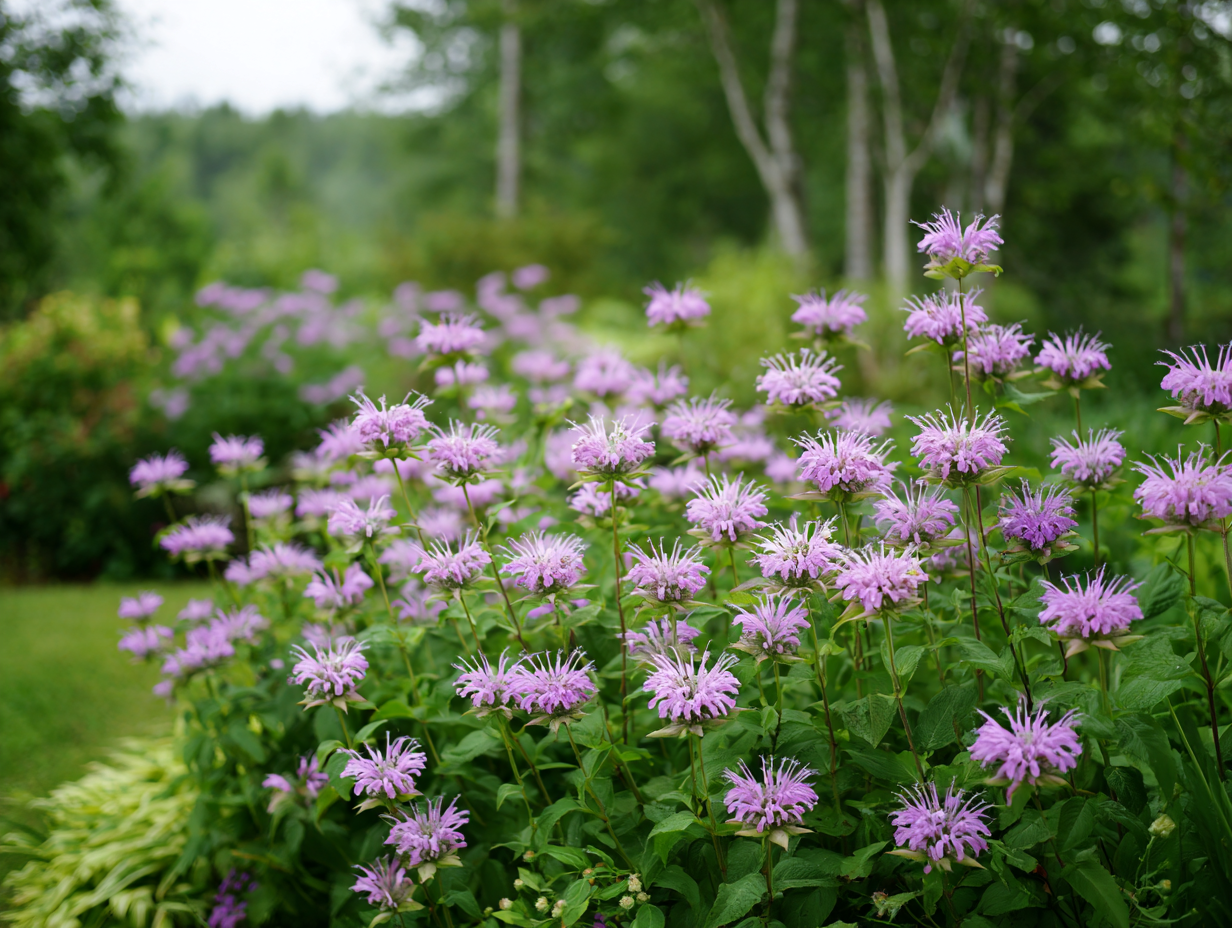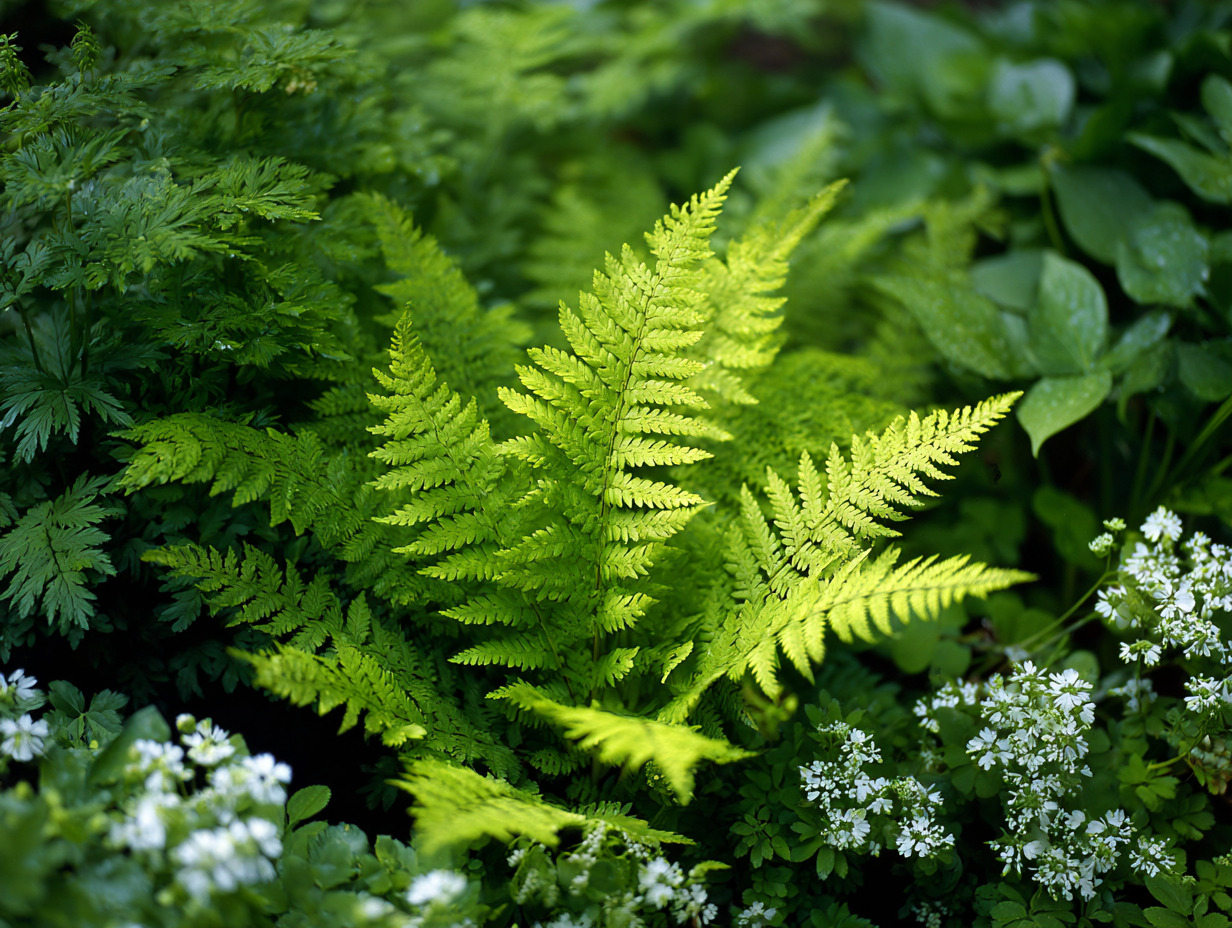When summer sets in across North Carolina, it doesn’t arrive quietly. With temperatures soaring into the 90s and humidity hanging in the air like a wet blanket, only the toughest plants continue to flourish. For gardeners in USDA Hardiness Zones 8a and 8b—covering much of southeastern and coastal North Carolina—choosing heat-tolerant, drought-smart, and native plants is essential for maintaining a thriving garden that doesn’t require constant watering or pampering.
Whether you’re a seasoned gardener or just beginning to dig into the joys of growing, selecting the right plants for our climate can make summer gardening not only successful but also deeply rewarding. Here’s a curated list of plants—many of them native to the region—that are built to withstand the sultry summers of North Carolina, along with their ideal growing conditions, propagation methods, and helpful care tips.
Please note: The Cameron Team has not been paid or received any other compensation to include any of the products featured on this post, but the author has included affiliate links and content. If you click on a link, they may earn a commission – a high-five for great content!
1. Purple Coneflower (Echinacea purpurea)
Native? Yes
Best Growing Conditions: Full sun to partial shade; well-drained soil
Propagation: Seeds, root division in early spring or fall
Growing Tips:
This native perennial is not only heat- and drought-tolerant but also pollinator-friendly, attracting butterflies and bees all summer long. Deadhead spent blooms to encourage new flowers and prevent self-seeding if you want to control spread. Give them room—air circulation helps prevent powdery mildew.
2. Black-eyed Susan (Rudbeckia hirta)
Native? Yes
Best Growing Conditions: Full sun; average to dry soil
Propagation: Seeds or division every 3 years
Growing Tips:
One of the most iconic southeastern natives, Black-eyed Susans light up summer landscapes with golden petals and dark centers. They're low-maintenance and deer-resistant. For a naturalized look, allow some flowers to go to seed—birds like finches will appreciate it.
3. Coral Honeysuckle (Lonicera sempervirens)
Native? Yes
Best Growing Conditions: Full sun to partial shade; average to moist soil
Propagation: Softwood cuttings in late spring or by layering
Growing Tips:
Unlike its invasive cousin, Japanese honeysuckle, this native vine is a well-behaved climber that hummingbirds adore. It blooms in fiery red-orange clusters all summer. Train it on a trellis or arbor for vertical interest. Prune lightly after flowering to encourage bushiness.
4. Butterfly Weed (Asclepias tuberosa)
Native? Yes
Best Growing Conditions: Full sun; sandy, well-drained soil
Propagation: Seeds (requires cold stratification); taproot division is difficult
Growing Tips:
An essential host plant for monarch butterflies, Butterfly Weed features bright orange blooms and thrives in hot, dry conditions. It prefers being left undisturbed—so pick its spot wisely. Water lightly and avoid over-fertilizing, which reduces flower production.
5. Yarrow (Achillea millefolium)
Native? Yes, native cultivar varieties
Best Growing Conditions: Full sun; well-drained, lean soil
Propagation: Division every 2–3 years or stem cuttings
Growing Tips:
Yarrow's feathery foliage and flat-topped clusters of blooms in white, pink, or yellow make it a beautiful filler. It’s also deer-resistant and loved by pollinators. Too much water or rich soil can cause legginess, so go easy on the amendments.
6. Blanket Flower (Gaillardia pulchella)
Native? Yes
Best Growing Conditions: Full sun; sandy or well-drained soil
Propagation: Seeds or division
Growing Tips:
Vibrant red and yellow daisy-like flowers give Blanket Flower a festive appearance all summer. These tough annuals (sometimes short-lived perennials) handle drought like pros. Deadhead regularly for continuous blooms and mulch lightly to prevent rot.
7. Switchgrass (Panicum virgatum)
Native? Yes
Best Growing Conditions: Full sun; moist to dry soils
Propagation: Seed or division in early spring
Growing Tips:
This ornamental grass adds texture and movement to any sunny border. It's ideal for erosion control and provides habitat for birds. Choose a cultivar like ‘Shenandoah’ or ‘Northwind’ for color and form. Cut back in late winter before new shoots emerge.
8. Lantana (Lantana camara)
Native? No (but very heat-tolerant and naturalized in the South)
Best Growing Conditions: Full sun; well-drained soil
Propagation: Softwood cuttings or seeds
Growing Tips:
A popular flowering shrub for southern landscapes, lantana thrives in relentless heat. While it’s not native, it offers great nectar for butterflies. In zone 8a, it may die back in winter but often returns. Choose sterile or native-compatible varieties to prevent spread.
9. American Beautyberry (Callicarpa americana)
Native? Yes
Best Growing Conditions: Full sun to part shade; moist, well-drained soil
Propagation: Seeds (cold stratify) or softwood cuttings
Growing Tips:
Known for its stunning clusters of bright purple berries in late summer and fall, this deciduous shrub provides food for birds and visual interest in hot months. It’s fairly low maintenance, just prune lightly in early spring to shape.
10. Joe-Pye Weed (Eutrochium fistulosum)
Native? Yes
Best Growing Conditions: Full sun to part shade; moist soil
Propagation: Seeds or division in spring
Growing Tips:
This tall, architectural perennial produces big, mauve-pink flower heads that attract butterflies by the dozens. It can reach 6–8 feet tall in the right conditions. Water during dry spells and plant in the back of borders where it has room to stretch.
11. Sweet Pepperbush (Clethra alnifolia)
Native? Yes
Best Growing Conditions: Full sun to part shade; moist, acidic, well-drained soil
Propagation: Softwood cuttings or by seed (stratification improves germination)
Growing Tips:
Also known as Summersweet, Sweet Pepperbush is a fragrant, pollinator-friendly shrub that blooms in mid-to-late summer with upright spires of white or pale pink flowers. It’s ideal for rain gardens and woodland edges, thriving in wetter soils where other plants may struggle. Once established, it handles heat and humidity with ease. Prune after flowering to shape, and consider massing it for an elegant hedge effect.
12. Eastern Red Columbine (Aquilegia canadensis)
Native? Yes
Best Growing Conditions: Part shade to full sun; well-drained soil
Propagation: Seed (self-seeds readily) or division
Growing Tips:
While more associated with spring, columbine’s unique red-and-yellow blooms often persist into early summer, especially in cooler microclimates. It’s perfect for woodland gardens or partly shaded borders. Let it reseed for naturalized drifts over time.
13. Coreopsis (Coreopsis lanceolata and Coreopsis tinctoria)
Native? Yes
Best Growing Conditions: Full sun; sandy or well-drained soil
Propagation: Seeds or division every 2–3 years
Growing Tips:
Coreopsis—or tickseed—is a summer star for mass planting. Its golden flowers bloom abundantly with minimal fuss. Deadhead to extend bloom time, and avoid overwatering. Ideal for meadows, borders, and containers.
14. Wild Bergamot (Monarda fistulosa)
Native? Yes
Best Growing Conditions: Full sun to part shade; moist but well-drained soil
Propagation: Division or seeds
Growing Tips:
A member of the mint family, this bee balm relative produces lavender blooms that bees and hummingbirds adore. It does best with good air circulation to prevent mildew and will spread slowly via rhizomes, making it great for naturalized areas.
15. Southern Shield Fern (Thelypteris kunthii)
Native? Yes
Best Growing Conditions: Part shade to shade; moist, fertile soil
Propagation: Division in spring or early fall
Growing Tips:
For shady corners of your summer garden, this native fern offers lush, low-maintenance greenery. It handles heat better than most ferns and tolerates occasional drought once established. Perfect for under trees or in woodland borders.
Tips for Growing in North Carolina’s Summer Heat
Mulch deeply. Use 2–3 inches of pine bark, pine straw, or shredded hardwood mulch to retain soil moisture and suppress weeds.
Water wisely. Deep, infrequent watering encourages deep root growth. Water early in the day to minimize evaporation.
Choose natives. Native plants are adapted to local conditions and tend to require less maintenance while supporting pollinators and wildlife.
Amend soil only when needed. Many heat-tolerant plants prefer lean or well-drained soil. Too much compost or fertilizer can promote floppy growth.
Keep an eye out for pests. Heat can stress plants, making them more susceptible to issues like aphids or spider mites—particularly on overwatered or crowded plants.
Closing Thoughts
Gardening in the North Carolina summer may feel like a test of endurance, but with the right plant choices, it becomes a celebration of color, texture, and biodiversity. Embracing native perennials, flowering shrubs, and resilient grasses not only makes your landscape more sustainable but also ensures that your garden looks beautiful—even when the mercury climbs.
With just a little planning and plant knowledge, you can build a landscape that thrives through the heat of July and August and welcomes pollinators, birds, and beauty all season long. So grab your gloves, water wisely, and let these summer-hardy plants transform your outdoor space into a seasonal sanctuary.

